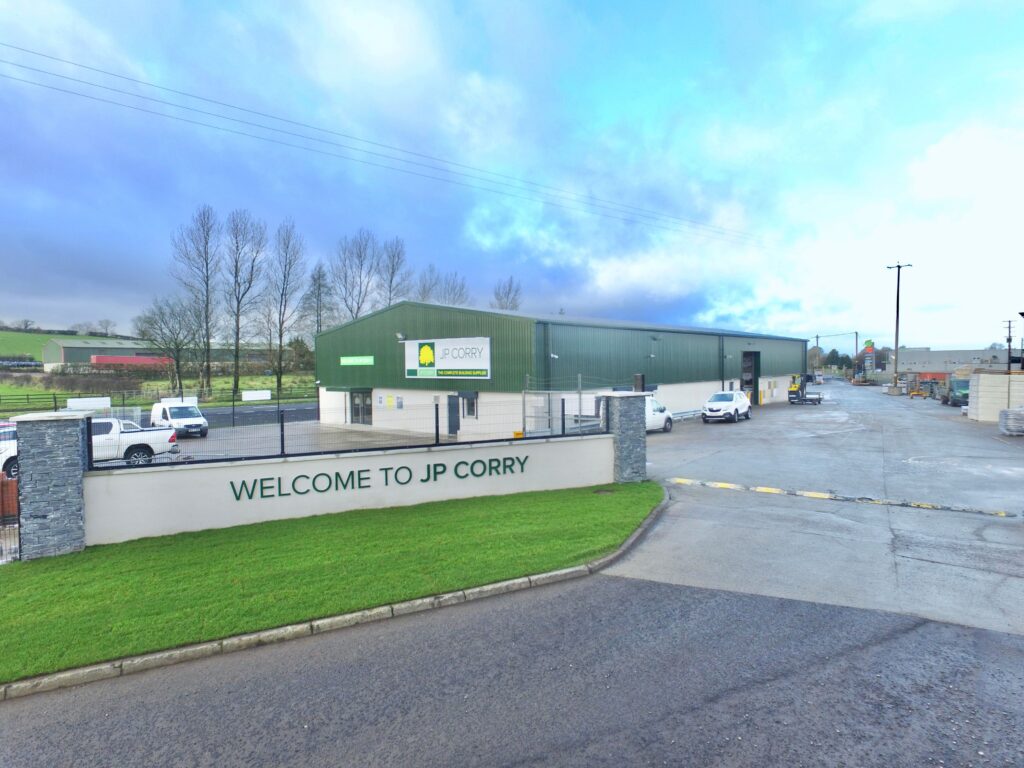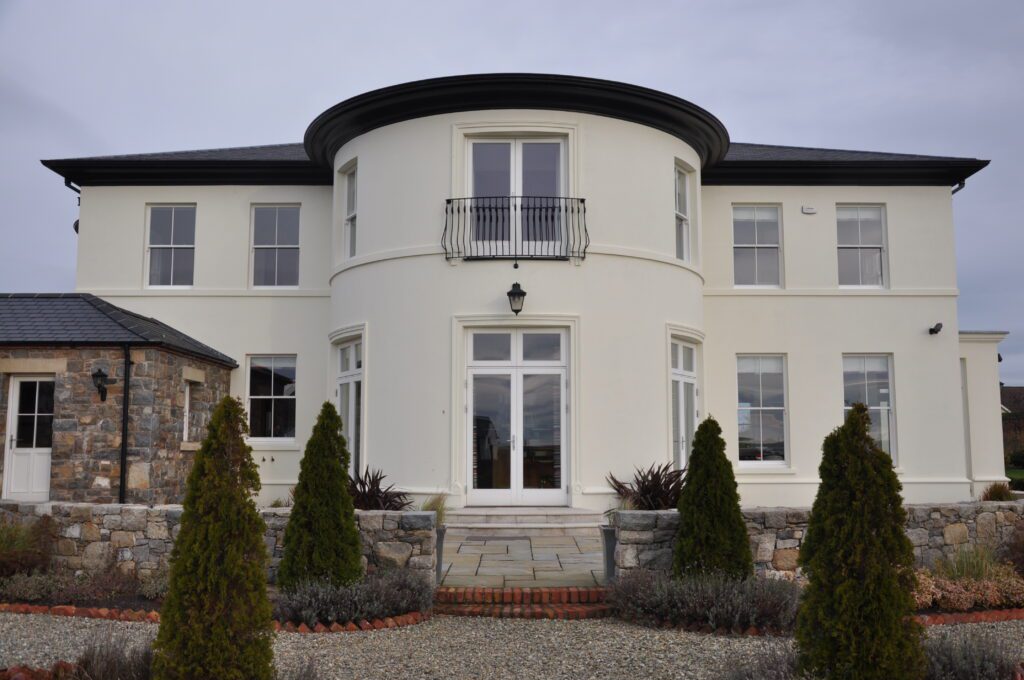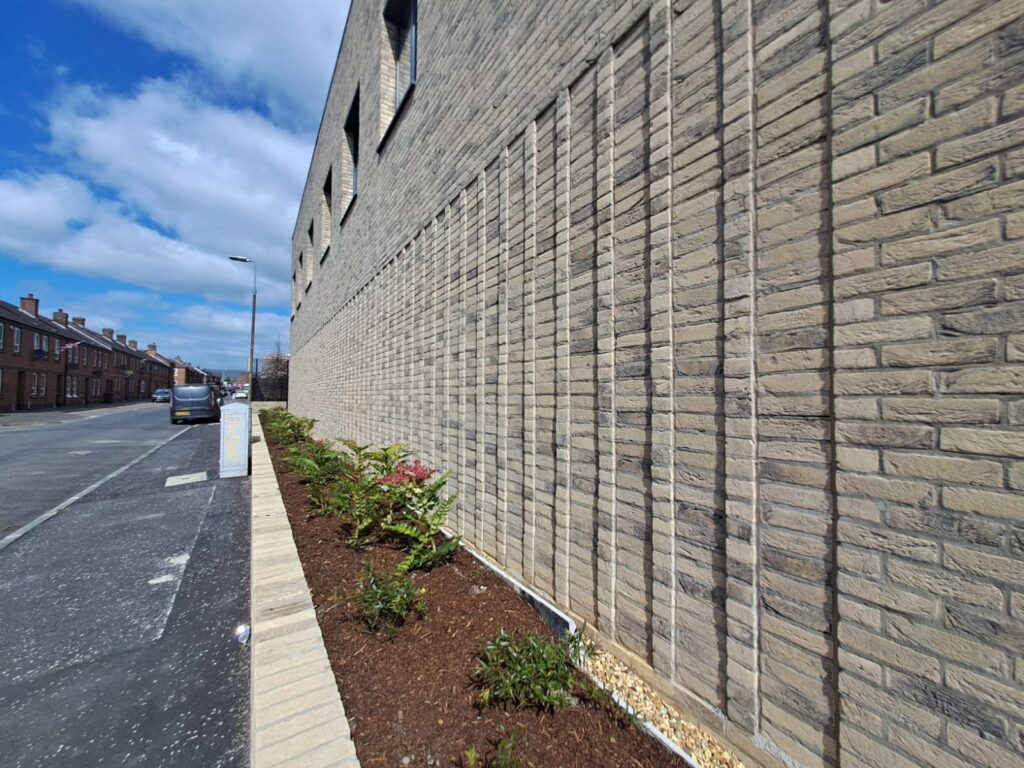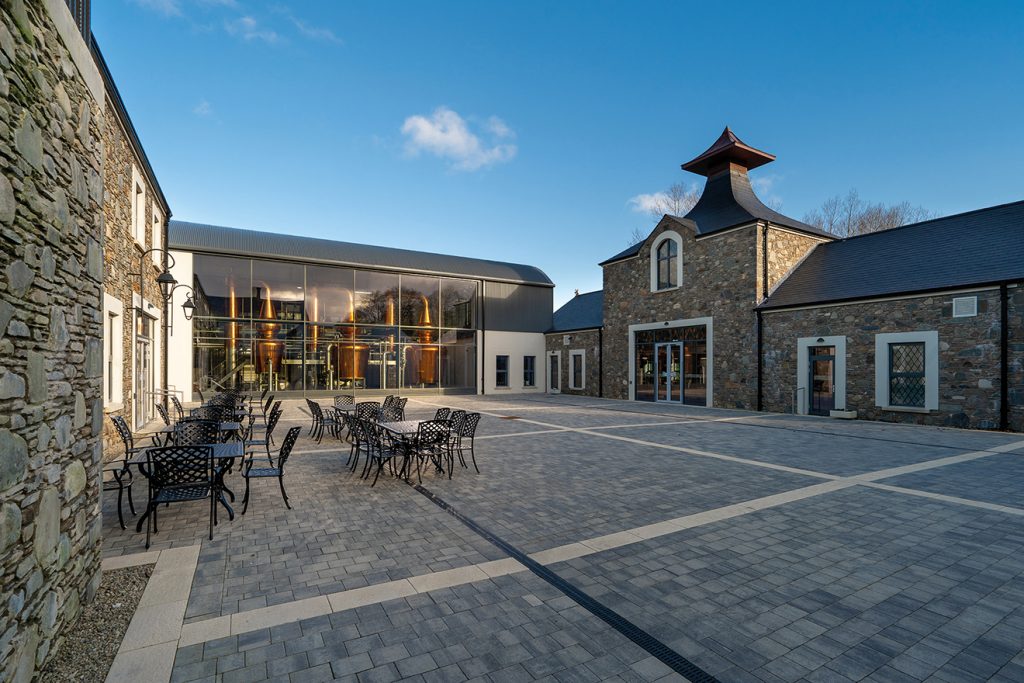Where To Use Passive Fire Protection
When discussing the safety of buildings, particularly in the context of fire prevention, passive fire protection (PFP) systems play a critical role. These systems are designed to contain fires within a designated area, slow down their spread, and minimize the damage caused. Understanding where passive fire protection systems are required is essential for architects, builders, and property owners alike. Let’s delve into the various environments and scenarios where these systems are indispensable.
Commercial Buildings:
In commercial settings such as office buildings, shopping malls, and industrial facilities, passive fire protection systems are mandated by building codes and regulations. These structures often house large numbers of people and valuable assets, making fire safety a top priority. Fire-resistant materials, fire doors, and fire-rated walls are commonly installed to compartmentalize spaces and prevent the rapid spread of fire.
Residential Buildings:
While residential buildings may not face the same level of foot traffic as commercial ones, ensuring fire safety is no less important. Passive fire protection systems are required in residential structures to safeguard the lives of occupants and protect property. Fire-rated doors, walls, and floors are installed to create fire compartments, giving residents precious time to evacuate safely in the event of a fire.
Public Facilities:
Public facilities such as schools, hospitals, and government buildings must adhere to stringent fire safety standards. Passive fire protection systems are essential in these environments to mitigate the risk of fire-related incidents and ensure the well-being of occupants. From fire-resistant building materials to smoke barriers and fire dampers, every component plays a vital role in enhancing fire safety.
High-Risk Environments:
Certain environments pose a higher risk of fire due to the nature of the activities conducted within them. Examples include chemical plants, power generation facilities, and storage warehouses. In these high-risk environments, passive fire protection systems are not only required but are often tailored to address specific hazards. Specialized fireproofing materials and containment systems are employed to minimize the potential for catastrophic fires.
Historic Buildings:
Preserving the architectural integrity of historic buildings while enhancing fire safety presents a unique challenge. Passive fire protection systems are crucial in these structures to strike a balance between heritage conservation and modern safety standards. Retrofitting historic buildings with fire-resistant materials, fire barriers, and sprinkler systems helps mitigate the risk of fire damage without compromising their historical significance.
Passive fire protection systems are indispensable elements of modern building design and construction. Whether in commercial, residential, public, or high-risk environments, these systems play a vital role in safeguarding lives and property against the devastating effects of fire. By understanding where passive fire protection systems are required and adhering to relevant regulations and standards, we can create safer built environments for present and future generations.






